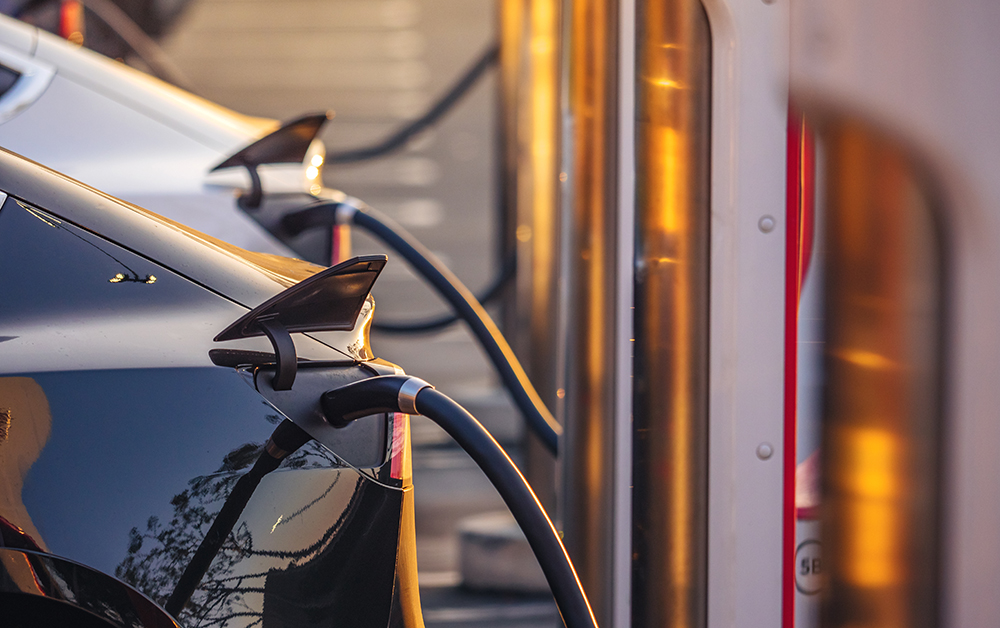Charged EVs | NREL study identifies charging needs to accelerate US EV adoption

NREL study identifies charging needs to accelerate US EV adoption

National Renewable Energy Laboratory (NREL) researchers have released The 2030 national charging network: estimating US light-duty demand for EV charging infrastructure, a quantitative needs assessment for a national charging network capable of supporting the US transition to EVs.
The study was conducted in collaboration with the Joint Office of Energy and Transportation and the DOE’s Vehicle Technologies Office. In turn, it will support the Joint Office’s work to deploy a network of EV chargers, zero-emission fueling infrastructure, and zero-emission transit and school buses nationwide.
Estimating the EV charging infrastructure needs of an entire nation required NREL researchers to consider a vast array of data—from projecting drivers’ typical charging needs and EV adoption rates seven years into the future, to examining how different climates across the US might affect energy requirements. The result is a framework focused on low-, medium- and high-adoption scenarios in which an estimated 30-42 million EVs could drive US roads by 2030.
Rather than creating a one-size-fits-all approach to charging, the study considers the realities of life across the United States: differences in weather, housing types, travel behaviors and preferences in charging options.
The report finds that, to support a mid-adoption scenario of 33 million EVs on the road by 2030, the nation will need 28 million charging ports. Because EV drivers strongly prefer the convenience of overnight charging, private residential chargers will form the core of the national ecosystem, but they will need to be supplemented with reliable public fast charging.
Researchers project the national charging infrastructure will require:
- 182,000 publicly accessible fast charging ports to enable long-distance travel and ride-hailing electrification and to support those who lack access to residential charging.
- 1 million Level 2 charging ports at publicly accessible locations—including high-density neighborhoods, office buildings and retail outlets.
- 26 million Level 1 and Level 2 charging ports at privately accessible locations—including single-family homes, multifamily properties and workplaces.
“The 2030 National Charging Network study ties together two of the administration’s priorities: building a national EV charging network and working toward the 2030 goal for the majority of all new car sales to be battery-electric vehicles,” said Gabe Klein, Executive Director of the Joint Office. “It’s a framework for what is needed nationally, in terms of the types of charging required, their number and where those chargers should go.”
: NREL